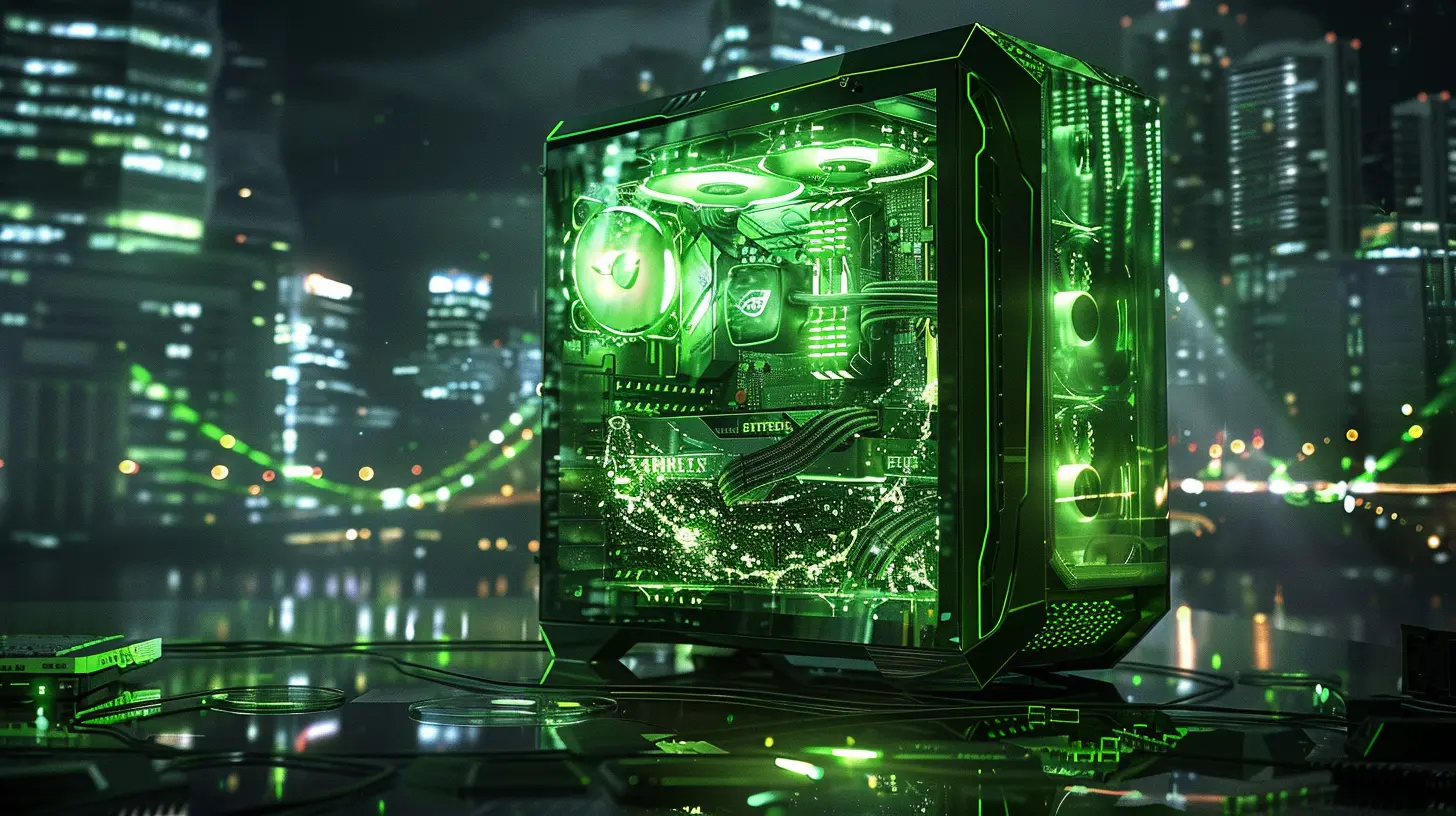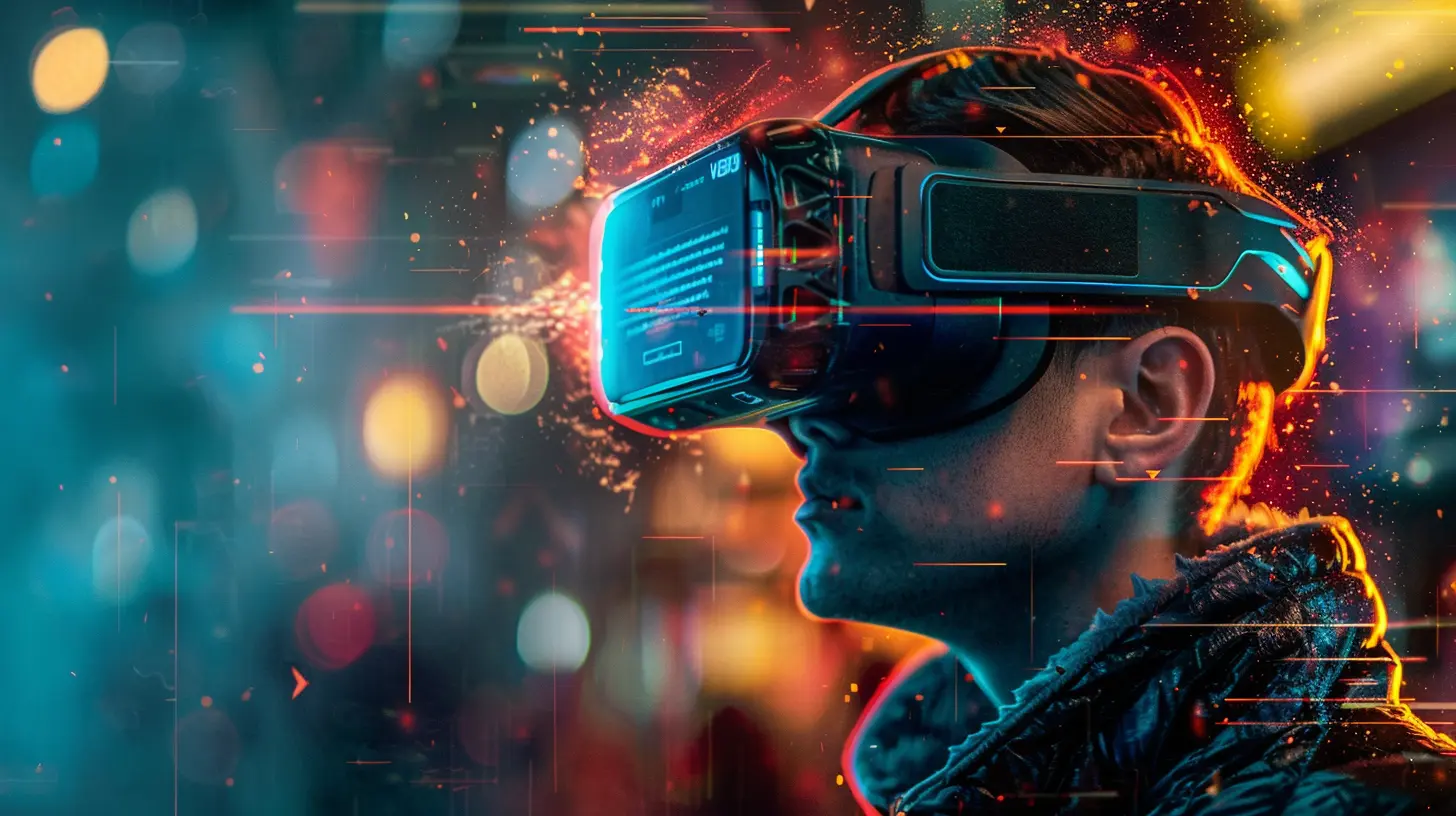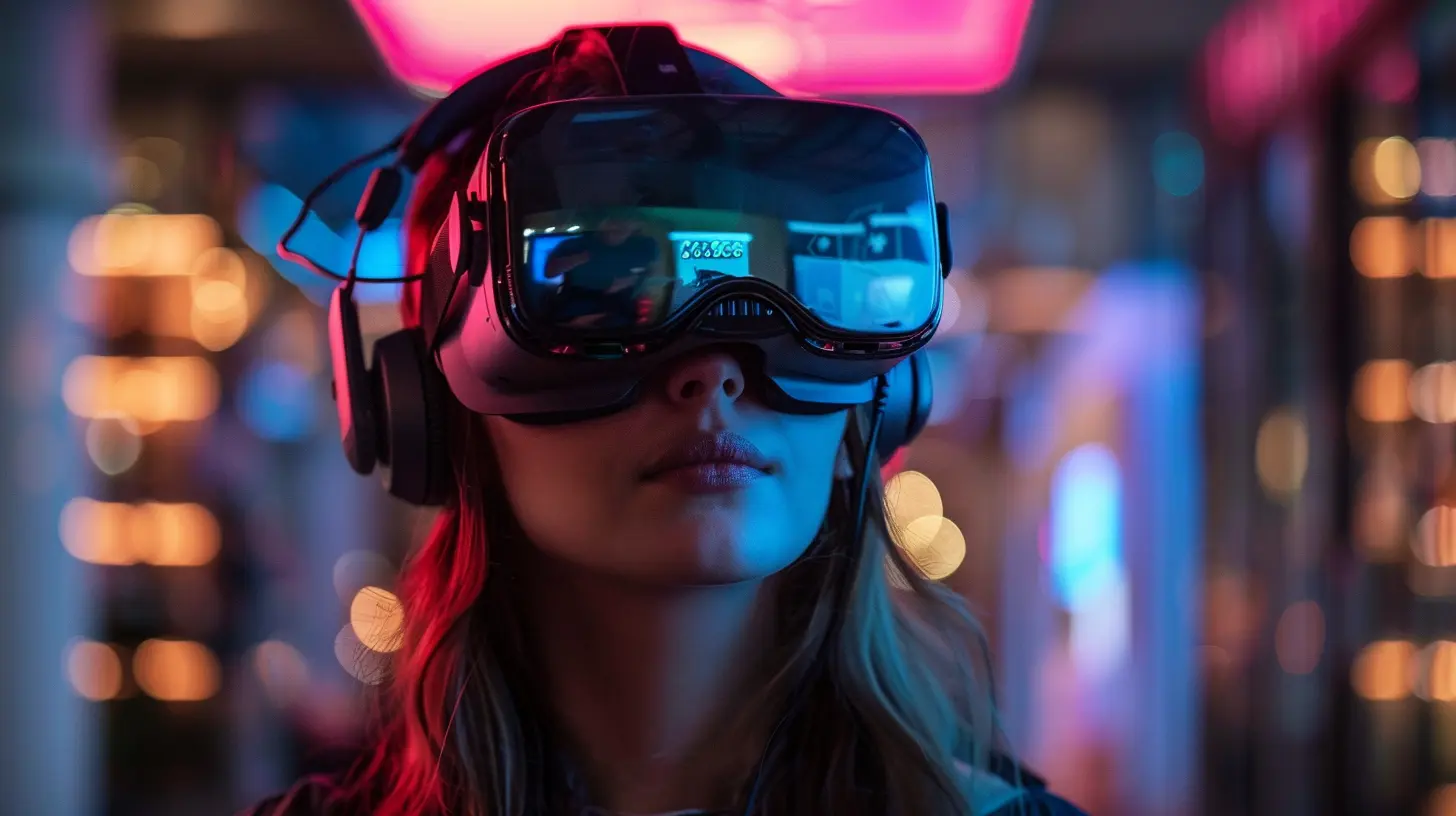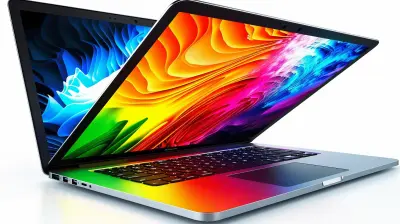VR-Ready PCs: What You Need to Know
26 October 2025
Virtual Reality (VR) is no longer a futuristic dream—it's here, and it's more immersive than ever. Whether you're planning to dive into gaming, virtual workspaces, or breathtaking digital experiences, you'll need a solid VR-ready PC. But what exactly makes a PC "VR-ready," and how can you ensure your setup provides a smooth, lag-free experience?
Let’s break it down, step by step, to make sure you have everything you need to jump into the world of VR without a hitch. 
What Does "VR-Ready" Actually Mean?
A VR-ready PC is a computer powerful enough to run virtual reality applications without performance hiccups. Unlike traditional gaming, VR is extremely demanding because it requires high frame rates, low latency, and smooth rendering across two screens (one for each eye).If your PC doesn’t meet these requirements, you'll face lagging, frame drops, and even motion sickness—definitely not the immersive experience you signed up for.
So, what does your PC need to be VR-ready? Let's dig in. 
Minimum vs. Recommended Specs for VR
When looking into VR-ready PCs, you’ll come across two sets of specs: minimum and recommended. While meeting minimum requirements can technically run VR, it won't be the best experience. Always aim for the recommended specs if you want smooth, high-quality gameplay.Minimum Requirements (Basic VR Experience)
- Graphics Card: NVIDIA GTX 1060 / AMD Radeon RX 580- Processor: Intel i5-4590 / AMD Ryzen 5 1400
- RAM: 8GB
- Storage: At least 256GB SSD or HDD
- USB Ports: 1x USB 3.0
- Operating System: Windows 10 or later
Recommended Specs (Best VR Performance)
- Graphics Card: NVIDIA RTX 3060 / AMD Radeon RX 6700 XT or better- Processor: Intel i7-9700K / AMD Ryzen 7 3700X or better
- RAM: 16GB or more
- Storage: 512GB SSD or higher
- USB Ports: Multiple USB 3.0 ports
- Operating System: Windows 11 (or top-tier Windows 10 versions)
Going beyond the recommended specs ensures future-proofing—important since VR technology is advancing rapidly. 
Why Your Graphics Card Matters the Most
If your PC were a car, the graphics card (GPU) would be the engine. VR demands a powerful GPU because the headset needs to render two high-resolution images simultaneously, one for each eye, at a high frame rate (typically 90Hz or higher).Choosing the Right GPU:
- Entry-Level VR → NVIDIA GTX 1660 Super or AMD RX 5500 XT
- Mid-Range VR → NVIDIA RTX 3060 or AMD RX 6700 XT
- High-End VR → NVIDIA RTX 4080 or AMD RX 7900 XTX
If you're investing in VR for the long haul, aim for a high-end GPU. It'll keep your experience smooth and prevent you from upgrading too soon. 
The Role of Your CPU in VR Performance
While the GPU takes most of the workload, the CPU (processor) isn't something you can ignore. It handles physics calculations, AI, and background processes that ensure a seamless VR experience.Best CPU Choices for VR:
- Budget-Friendly → AMD Ryzen 5 5600X or Intel i5-12600K
- Mid-Range → AMD Ryzen 7 5800X or Intel i7-12700K
- High-End → AMD Ryzen 9 7900X or Intel i9-13900K
A bad CPU can bottleneck even the most powerful GPU, so don’t skimp on it.
RAM & Storage: How Much Do You Really Need?
How Much RAM?
8GB is the bare minimum, but if you want smooth multitasking and future-proofing, 16GB of RAM is the sweet spot. For power users who stream or develop VR content, 32GB might be worth considering.Storage: SSD vs. HDD
VR games and applications are massive. Traditional hard drives (HDDs) are slow, leading to long load times and lag. For the best experience, you’ll want a 512GB SSD or larger. If you can, go for an M.2 NVMe SSD—it’s significantly faster than a standard SATA SSD.What About Ports and Connectivity?
VR headsets rely on multiple connections, so your PC must have the right ports.Common VR Headset Requirements:
- USB 3.0 Ports → At least one, preferably multiple
- HDMI 2.0 / DisplayPort 1.4 → Required for newer headsets
- Bluetooth Support → Needed for wireless accessories
Check your headset’s specific requirements to make sure your PC can handle it.
Can You Use a Laptop for VR?
Yes, but only gaming laptops with powerful GPUs can realistically handle VR. And even then, performance is often lower than a desktop counterpart.Must-Have Features in a VR Laptop:
- Dedicated RTX 3060 / RX 6700 XT or better GPU
- High refresh rate display
- Plenty of USB ports
- Strong cooling system (VR is demanding, and overheating is a risk)
If portability is a priority, a VR-ready laptop might be a good option. Just make sure it meets the requirements.
Best Pre-Built VR-Ready PCs
Not into building your own PC? No worries—plenty of pre-built options are available.Budget VR PCs
- HP Omen 25L (GTX 1660 Super, Ryzen 5 5600X)- CyberPowerPC Gamer Xtreme (RTX 3060, i5-12600K)
Mid-Range VR PCs
- Alienware Aurora R15 (RTX 3070, i7-12700K)- Corsair Vengeance i7400 (RTX 3080, Ryzen 7 5800X)
High-End VR PCs
- NZXT Streaming PC (RTX 4080, Ryzen 9 7900X)- Maingear Turbo (RTX 4090, Intel i9-13900K)
These come ready out of the box, so you won’t have to worry about part compatibility or setup headaches.
Final Thoughts: Is Your PC Ready for VR?
If you’re serious about VR, don’t settle for bare minimum specs. A well-built VR-ready PC ensures smooth gameplay, a more immersive experience, and fewer technical issues.- Prioritize your GPU—it's the most important component in VR.
- Pair it with a good CPU—it prevents bottlenecks and ensures fluid performance.
- Upgrade your RAM and storage—16GB RAM and an SSD will make a huge difference.
- Check your ports—your headset needs them!
If your PC meets these requirements, congratulations—you’re ready to enter the world of virtual reality! Now, grab that headset and get ready for an unforgettable experience.
all images in this post were generated using AI tools
Category:
Pc GamingAuthor:

Kira Sanders
Discussion
rate this article
1 comments
Victor McWain
Great insights! Understanding the key components of VR-ready PCs is essential for an immersive experience. Thanks for sharing this informative article!
October 26, 2025 at 2:51 AM

Kira Sanders
Thank you for your feedback! I'm glad you found the article helpful!


